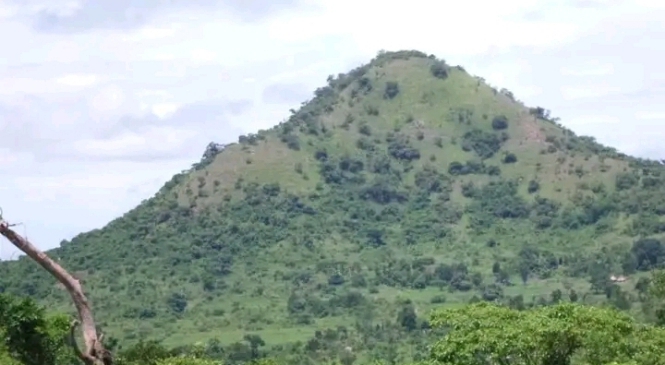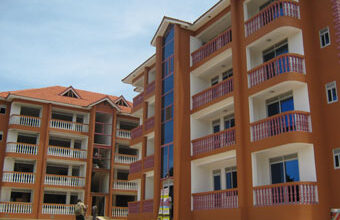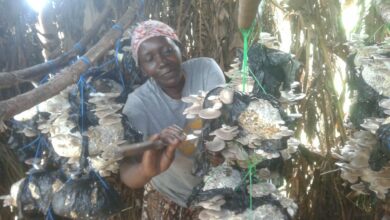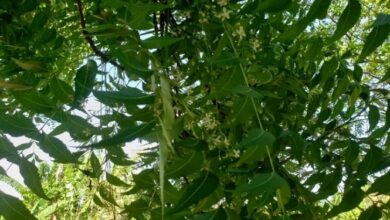Cultural heritage sites in Bunyoro
The terrain is flat, allowing for good on-foot travel conditions for tourists.

Bunyoro: Are you planning to visit Bunyoro during your vacation or would like to explore cultural sites in the oil-rich region? Here are some of the cultural heritage sites one should not miss while on a trip to Uganda, particularly Bunyoro.
1. Semwama rock
It’s believed to be the parliament or meeting place of the Bachwezi. Semwema Rock is found on Mubende-Kakumiro; the site is about 2 km west of Kakumiro trading center and 1km east of Munsa earthworks in Kibale District.
Apart from being a tourist attraction, it is an active shrine of the Bachwezi. The cave underneath the rock can shelter or accommodate about 200 people.
2. The Royal Mile
The Royal Mile is found in Budongo Forest Reserve, within Bunyoro Kitara Kingdom, which lies at the edge of the Albertine Rift and is attached to Kabalega (renamed Murchison) Falls National Park in the south.
Known for its popularity as a traditional leisure stop-over for Uganda’s royalty, the Royal Mile is a superb birding spot with many west and central African species, as well as a variety of sought-after key species.
The Royal Mile gets its name from Omukama of Bunyoro, Kabalega. It is a spectacular one-mile-long forest road that was made by Omukama Kabalega as a military training ground for his Abarusura Army.
It’s reported that it was this very road that he used to escape from the colonialists before he was arrested in Dokolo and exiled in the Seychelles Islands.
The road opens with a simple gate before sloping gently towards the River Sonso in the middle of an expansive, natural symphony of hardwood trees rising high above the ground in what comes off like competition for the skies. This is what makes the Royal Mile one of the most ideal places in Uganda to have a guided birding tour.
The terrain is flat, allowing for good on-foot travel conditions for tourists.
3. Katashiha Fort and Caves
Katashiha Fort and Caves are located in Hoima District, about 3km from Hoima-Biiso-Butiaba Road. The Fort and Caves were constructed by King Kabalega in 1894 as a hideout and defense line during the war with the British. The river before you reach the site provided the first line of defense for the King’s army. He extensively used the fort and caves to fight the war after he abandoned his palace at Mparo.
Details of the Fort and Caves
After King Kabalega and his army were attacked at Mparo in December 1893, they withdrew to Katasiha and set up a battle front. He mobilized his soldiers to dig up trenches in protective circles with many tunnels. The tunnels, which were constructed within one month, helped his army move from one command post to another, and the tunnels provided cover from bullets.
Battles fought around the fort
King Kabalega fought many battles against the British around the fort and caves. The manner in which Kabalega set up his battlefield and the seven years it took the combined forces of the British, Baganda, and Sudanese to defeat him made Kabalega one of the toughest opponents to be faced by the colonialists. He later abandoned the site and retreated northwards, where he waged a guerrilla war.
British occupation of the Fort
In 1893, the British army occupied the fort and caves and used them as a base for military operations against King Kabalega.
Current state of the fort and caves
What remains today is a long trench, partially filled by soil, running in several directions. The size of the underground tunnel is yet to be fully explored.
4. Musaijamukuru Hill
Musaijamukuru hill is found in Musaijamukuru village, Buhimba Sub County, about 15 kilometers away from Hoima town on the Buhimba-Kakumiro-Mubende road.
The hill may not be very different from other hills, but it is of great cultural and historical importance to Bunyoro Kitara Kingdom.
It’s at Musaijamukuru Hill that Bunyoro’s great King Kabalega would stop to get an advantage to see his enemies during his wars of resistance. Kabalega’s warriors are believed to have rolled stone boulders from the top of the hill to hit and kill the advancing British forces.
The hill is also believed to be a source of blessings or curses, depending on the way one treats it. To this effect, the hill has a caretaker referred to as Mukama w’orusozi (owner of the hill). Mukama w’orusozi’ is a title assumed on a hereditary basis.
He is the person charged with appeasing ancestors believed to be on the hill by performing rituals periodically.
Do you have a story about your community or an opinion to share with us? Email us at theugreports@gmail.com.






